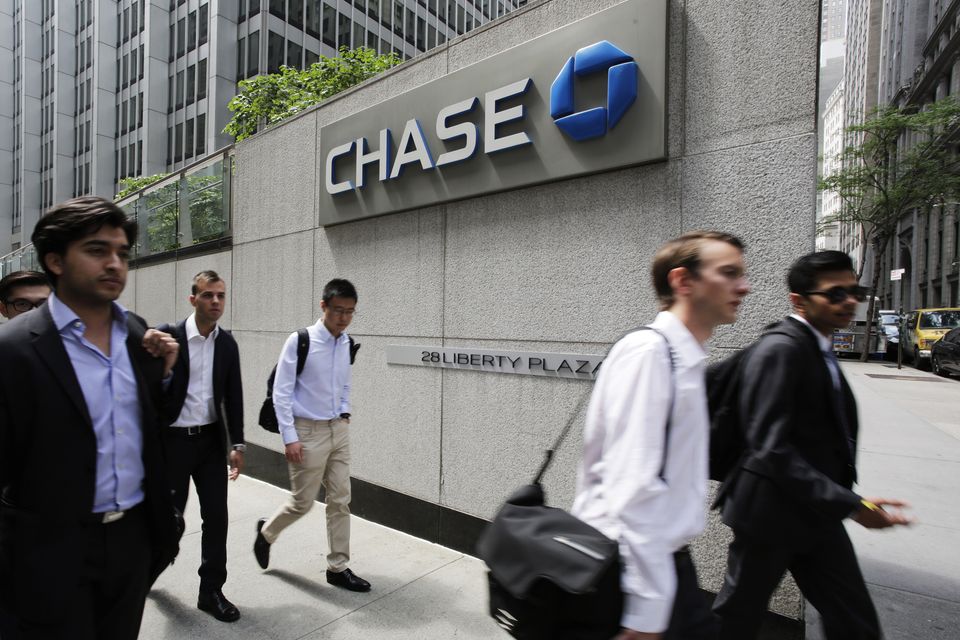-
Tips for becoming a good boxer - November 6, 2020
-
7 expert tips for making your hens night a memorable one - November 6, 2020
-
5 reasons to host your Christmas party on a cruise boat - November 6, 2020
-
What to do when you’re charged with a crime - November 6, 2020
-
Should you get one or multiple dogs? Here’s all you need to know - November 3, 2020
-
A Guide: How to Build Your Very Own Magic Mirror - February 14, 2019
-
Our Top Inspirational Baseball Stars - November 24, 2018
-
Five Tech Tools That Will Help You Turn Your Blog into a Business - November 24, 2018
-
How to Indulge on Vacation without Expanding Your Waist - November 9, 2018
-
5 Strategies for Businesses to Appeal to Today’s Increasingly Mobile-Crazed Customers - November 9, 2018
New Federal Reserve rules require key U.S. banks to hold additional capital
The two-stage approach “gives the right incentives”, Fed Vice Chairman Stanley Fischer said during a public meeting Monday in which the Fed governors approved the GE measure and a separate rule assessing capital charges to eight of the largest US banks.
Advertisement
The tougher regulation of GE Capital stems from the Dodd Frank financial reform that requires the Fed to subject certain non-banks to new constraints reduce risks to the financial system.
Under the new rule, it is mandatory for a global systemically important bank holding company (GSIB) to hold additional capital totaling $200bn, The Financial Times reported.
“In practice, this final rule will confront these firms with a choice: they must either hold substantially more capital, reducing the likelihood that they will fail, or else they must shrink their systemic footprint, reducing the harm that their failure would do to our financial system”.
The rule is designed “to reduce the risks posed by a GSIB to United States financial stability”, the Fed said.
Much of the damage came due to the interconnectivity of the big banks as well as the damage they would cause should one fail.
The ensuing expectation of government rescue allows those banks to borrow more cheaply in private markets, giving them an advantage over smaller competitors and actually fueling the growth and systemic importance of the largest firms, the critics say. The new surcharge requirement comes on top of a base 7% common-equity capital requirement that most banks face under worldwide banking rules.
The new method “calibrates surcharge levels so that they will generally be higher than those required by the Basel method, and meaningfully higher for some of the firms”, he said.
The surcharges apparently will not be part of the next round of bank stress tests. Ms. Yellen and other officials left open the possibility that the capital rule finished Monday would be incorporated into the central bank’s annual stress tests, a significant move that would make it harder to meet the test’s targets without further changes to the banks’ balance sheets. In December, Fed governor Stanley Fischer, in an apparent slip, disclosed that J.P. Morgan was about $21 billion short. JPMorgan Chase faces the largest potential surcharge of 4.5 percent of its risk-based capital.
While the broad contours of the surcharge remained unchanged from the December draft, the Fed did adjust pieces of the rule in response to industry concerns.
The Fed first proposed rules outlining the surcharge at the end of 2014. The banks include JPMorgan Chase, Citigroup and Bank of America.
As with its other major rules, the Fed capital measure goes beyond what global regulators in Basel, Switzerland, negotiated for “systemically important” banks.
Advertisement
GE is selling about $200 billion of assets as it reduces the size of the finance business and refocuses on manufacturing units making heavy-duty products such as gas turbines, jet engines and medical scanners.





























